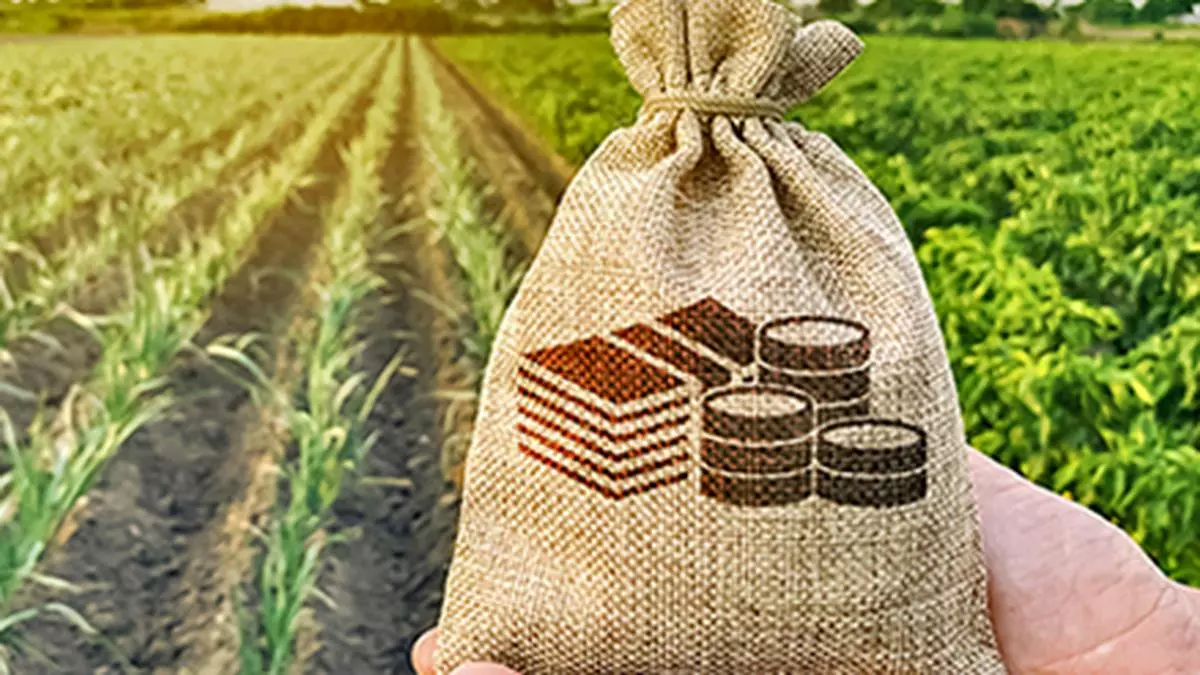Carbon markets and agriculture: A new frontier for farmers in climate change mitigation
As global efforts to address climate change intensify, agriculture is emerging as a crucial player in the solution. Farmers, long seen as the stewards of the land, are now gaining recognition for their potential to help mitigate climate change by adopting sustainable practices that reduce greenhouse gas emissions and enhance carbon sequestration.
One of the most promising developments in this space is the rise of carbon markets, which offer farmers an exciting opportunity to generate income while contributing to a greener, more sustainable future. Through carbon credits, farmers can be financially rewarded for the environmental benefits their practices provide, turning agricultural fields into powerful tools for combating climate change.
Unlocking potential of carbon markets
Carbon markets are built on the simple premise of rewarding those who reduce or sequester greenhouse gas emissions. A carbon credit is generated for every metric tonne of carbon dioxide prevented from entering the atmosphere. These credits can then be sold on voluntary carbon markets, where companies and organizations looking to offset their emissions purchase them.
For farmers, this creates a dual benefit. Not only do they play a pivotal role in global climate action, but they also have the potential to earn additional income by selling these carbon credits. Practices like no-till farming, agroforestry, and improved livestock management, which increase the amount of carbon stored in soil and vegetation or reduce emissions, are particularly well-suited for generating carbon credits. In this way, farmers can take advantage of carbon markets while simultaneously enhancing the productivity and health of their farms.
Regenerative agriculture: A win-win for farmers and environment
At the centre of agriculture’s role in the carbon market is regenerative agriculture — a holistic approach that seeks to build healthier soils, increase biodiversity, and restore ecosystems. Regenerative practices like no-till farming, cover cropping, and agroforestry don’t just sequester carbon; they also improve soil fertility, enhance water retention, and boost overall farm resilience. This makes them a perfect fit for farmers looking to improve their land and yields while also contributing to climate goals.
No-till farming, for example, preserves the soil’s organic matter by minimsing disturbance, allowing it to retain more carbon and nutrients. Cover cropping keeps the soil covered year-round, preventing erosion and promoting the growth of microorganisms that further increase soil health and carbon storage. Agroforestry, the practice of integrating trees into farmland, offers additional benefits by reducing soil erosion, creating natural windbreaks, and sequestering more carbon over time.
With its vast agricultural landscapes and climate-dependent farming communities, India is particularly well-positioned to benefit from these practices. The country’s agricultural sector, which contributed 17.4 per cent of its total greenhouse gas emissions in 2023 (largely from rice cultivation), could see significant reductions in emissions through the widespread adoption of sustainable practices. Moreover, healthier soils and better water management would also improve farm productivity, benefitting both the environment and farmers’ livelihoods.
The rise of voluntary carbon markets (VCM) in agriculture
In recognition of agriculture’s potential to contribute to climate solutions, India’s Ministry of Agriculture & Farmers Welfare has developed a framework to promote the voluntary carbon market (VCM) within the agricultural sector. This initiative is designed to raise awareness and provide capacity-building support to small and marginal farmers, empowering them to adopt sustainable practices and generate carbon credits.
By participating in the VCM, farmers can sell these credits on international markets, where they currently fetch between ₹700 and ₹1,000 per credit. While prices may fluctuate, the demand for carbon credits is expected to grow as more industries and nations commit to reducing their carbon footprints. On average, farmers can generate between two and six credits per hectare, depending on the specific practices they adopt.
India already has 78 active VCM projects in agriculture, covering areas such as improved irrigation management, methane digestion from manure, and rice emission reductions. These projects are helping farmers tap into the economic potential of carbon credits while promoting sustainable development across rural communities.
While the benefits of carbon markets for agriculture are clear, there are still challenges to overcome to fully unlock this potential. One of the biggest hurdles is education and awareness. Many farmers are unfamiliar with the concept of carbon markets and how they can participate. As a result, capacity-building initiatives are essential. These efforts aim to educate farmers about sustainable practices, carbon credit generation, and how to access voluntary markets.
Technical expertise is also crucial. Accurately measuring, reporting, and verifying (MRV) carbon sequestration is a critical part of generating credible carbon credits. Fortunately, the government and agricultural organizations are working to provide farmers with the tools and training needed to ensure robust verification systems. This includes access to data, technology, and resources that make it easier for farmers to monitor the environmental impact of their practices.
Moreover, clear and consistent policies are essential to ensuring that carbon markets remain accessible and reliable for farmers. Regulatory frameworks should support farmers’ participation in these markets, providing clarity on emissions reductions, credit generation, and trade opportunities. Meanwhile, certifications like Rainforest Alliance or USDA Organic can help farmers increase the market value of their agricultural products, attracting buyers interested in sustainability and further boosting their income.
To conclude
Carbon markets are unlocking new opportunities for farmers, allowing them to contribute to climate change mitigation while boosting their livelihoods. By adopting sustainable practices that sequester carbon, farmers can generate additional income through the sale of carbon credits while also improving soil health, biodiversity, and farm resilience.
With government support, growing demand for carbon credits, and increased awareness of eco-friendly practices, agriculture is becoming a key player in climate action. This win-win approach benefits farmers through healthier soils and better yields while significantly reducing global greenhouse gas emissions, ultimately transforming both agriculture and the environment.
(The author is founder, Creduce )
